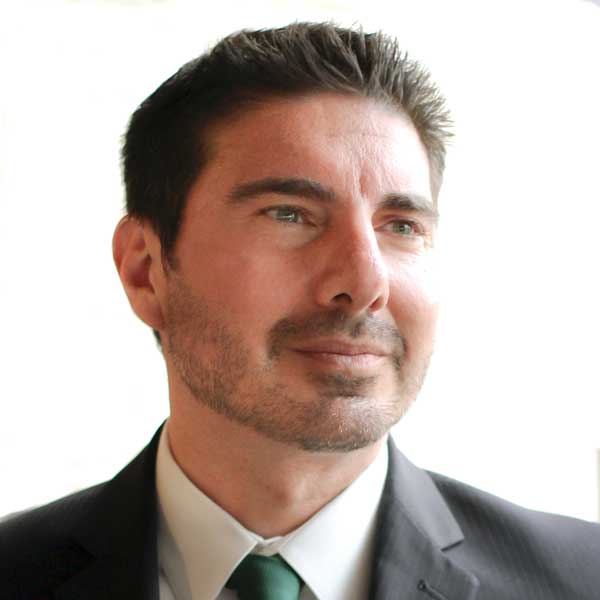Lane filtering, a maneuver in which a motorcycle rider moves between lanes of slow-moving or stopped traffic, is a topic of ongoing debate and varied legislation across the United States. For motorcyclists in Illinois, understanding the legal landscape regarding lane filtering is crucial for ensuring compliance with state laws and maintaining motorcycle safety on the roads.
Is Lane Filtering Legal in Illinois?
As of the latest updates, lane filtering is not legal in Illinois. The state adheres to traditional motorcycle riding regulations that require motorcyclists to occupy a full lane, akin to other motor vehicles, and to follow the same rules for lane usage.
Illinois law specifically prohibits lane splitting, which is closely related to lane filtering but typically involves moving between lanes of moving traffic at speeds higher than those of the surrounding cars.
Distinction Between Lane Filtering and Lane Splitting
It's important to distinguish between lane filtering and lane splitting:
- Lane Splitting: This practice involves a motorcyclist navigating between lanes of moving traffic, often at higher speeds than lane filtering. Lane splitting is generally seen as more dangerous due to the higher speeds and is less commonly accepted in the U.S.
- Lane Filtering: This refers to motorcycles moving between lanes of stopped or slow-moving vehicles, usually at intersections or in congested traffic. The rationale behind filtering is to reduce traffic congestion and minimize the risk of rear-end collisions for motorcyclists.
It's important to note that lane filtering and lane splitting are both different from lane sharing, which is legal; lane sharing allows two motorcyclists to ride side-by-side in a single lane, and this practice is recognized and permitted by many state laws to enhance visibility and safety for motorists.
Safety and Legal Concerns
One of the primary reasons lane filtering remains illegal in Illinois and many other states is the concern for motorcycle safety. Critics argue that lane filtering can lead to increased accidents due to:
- Reduced space for maneuvering.
- Limited visibility of bikers in motorists' blind spots.
- Potential for sudden vehicle movements.
Supporters of lane filtering, however, suggest that when done responsibly and at low speeds, it can decrease traffic congestion and reduce the risk of certain types of accidents, such as rear-end collisions in slow-moving traffic.
Potential for Legal Change
There is an ongoing discussion in various jurisdictions, including Illinois, about the potential benefits of legalizing lane filtering under specific conditions. Proponents argue that legalizing and regulating lane filtering could lead to clearer guidelines and safer roads for motorcyclists. Any changes to the existing laws would require thorough consideration of traffic patterns, accident data, and the experiences of other regions where lane filtering is legal.
Recommendations for Illinois Motorcyclists
For motorcyclists in Illinois, complying with current state laws is essential to avoid legal repercussions and ensure safety. Here are a few recommendations:
- Stay Informed: Keep up-to-date with any changes in local and state motorcycle laws.
- Ride Safely: Always occupy a full lane and follow the general traffic rules applicable to all vehicles.
- Advocacy: If interested in changing the laws, consider joining or forming advocacy groups to work towards legislative changes in a legal and organized manner.
While lane filtering offers potential benefits to motorcyclists, including reduced traffic congestion and lower accident risks, it remains illegal in Illinois. Understanding and adhering to the current laws is vital for all riders. For those who wish to see a change in these laws, active participation in advocacy and legislative reform is the recommended path forward. Meanwhile, safety should remain a paramount concern for all road users, irrespective of the vehicle they operate.
Deeper Analysis of Lane Filtering with Real-Life Examples
To further understand the implications of lane filtering laws and the debate surrounding them, it's instructive to look at real-life examples and comparative analyses from regions where lane filtering is either legal or has been the subject of legislative scrutiny.
California: A Case Study in Legal Lane Filtering
California stands out as the first state in the U.S. to formally legalize lane splitting, a practice closely related to lane filtering, in 2016. This legislative action provides a useful comparison point for Illinois:
- Implementation and Guidelines: California implemented clear guidelines for safe lane splitting, suggesting that motorcyclists should not exceed surrounding traffic speeds by more than 15 mph and should not lane split when traffic flow is above 50 mph.
- Safety Studies: A study by the University of California, Berkeley, found that lane splitting can be relatively safe if performed under the recommended guidelines. The study indicated that lane splitting riders were less likely to suffer head or torso injuries and were notably less likely to be rear-ended than other motorcyclists.
This case study is often cited by proponents of lane filtering in other states as evidence that with proper regulation, the practice can be made safe and beneficial for all road users.
Australia and Europe: International Perspectives
Internationally, lane filtering is legal in many parts of Europe and Australia, under specific conditions which provide further insights:
- Australia: Different states have different rules, but many allow lane filtering at low speeds (generally up to 30 km/h) and prohibit it next to kerbs or between vehicles and parked cars. The legalization came after recognizing that lane filtering could mitigate the risk of rear-end collisions in urban traffic.
- Europe: Countries like the UK and France allow lane filtering with educational campaigns and specific road signage to improve awareness among all drivers, thereby reducing potential accidents.
These examples demonstrate varying approaches to regulation and education that help mitigate the risks associated with lane filtering.
Safety Data and Public Perception
Public perception and safety data play crucial roles in shaping laws around motorcycle lane filtering. In states and countries where lane filtering is legal, ongoing data collection and public feedback are critical for assessing the effectiveness of these laws.
- Safety Data: In jurisdictions with legal lane filtering, authorities closely monitor traffic accident reports to gauge the impact on road safety. Positive safety data from these regions can be influential in debates about legalizing lane filtering elsewhere.
- Public Perception: The success of lane filtering laws also depends on the acceptance and cooperation of all road users. Educational campaigns and public consultations are often conducted before changes in law to ensure that both motorcyclists and drivers understand and support the new regulations.
Lessons for Illinois
For Illinois, the examples of California, Australia, and European countries offer several lessons:
- Regulatory Framework: Clear, well-defined rules and conditions for lane filtering could address safety concerns while providing benefits to motorcyclists.
- Education and Awareness: Initiatives to educate the public about lane filtering and its benefits could help in gradually changing public perception and reducing opposition to such measures.
- Pilot Programs: Illinois could consider pilot programs in high-traffic areas to study the impacts of lane filtering under controlled conditions. This could provide localized data to inform potential legislative changes.
The debate over lane filtering in Illinois could benefit from a detailed examination of real-life examples where the practice has been legalized and regulated. By considering safety data, regulatory approaches, and public education efforts from regions with experience in lane filtering, Illinois could develop an informed approach to this issue that enhances road safety while accommodating the needs of motorcyclists.
Working with Palermo Law Group
Navigating the complexities of lane filtering laws can be challenging. If you have been involved in a motorcycle accident or need legal advice regarding lane filtering, Palermo Law Group is here to help. Our experienced personal injury lawyers are dedicated to providing the guidance and representation you need.
Contact us today for a free consultation to discuss your case. As a trusted law firm, we are committed to protecting your rights and helping you achieve the best possible outcome.
For a free consultation with Palermo Law Group, contact our law firm by calling (630) 684-2332 or visit our website at https://www.palermolawgroup.com/.


